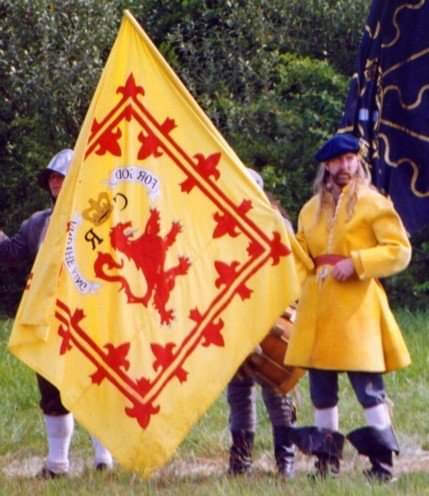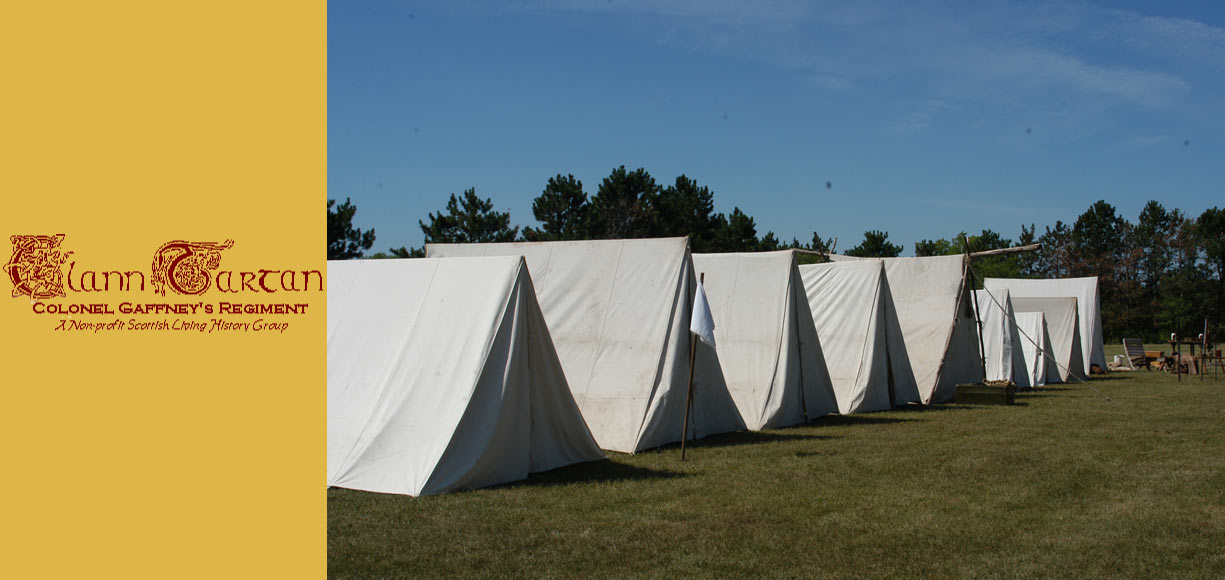The Army of Gustavus Adolphus
"Most artists painting the 30 Years War were actually based in Holland and Belgium. Those from Germany lived mostly in wealthy towns of Nuremburg, Augsburg and Frankfurt and they mostly copied the troops they saw every day - namely citizen militias, which usually wore civilian clothing. This greatly distorted our idea of what 30 Years War soldiers actually wore."
"The hoary old statement that 30 Years War soldiers simply wore their ordinary civilian clothes is simply not true."
"The question still remains: to what extent was Gustavus' army uniformed (on arriving) in Germany? ... Chancellor Oxenstiema managed to buy cloth from the English Eastland Company in Elbing on credit, and with this he had clothed most of the new mercenaries assembling in Prussia by early 1630. Gustavus realized by early 1630 that the arrangements for equipping his conscripts locally would never work properly. In January 1630 he ordered that the 'file-money' raised on conscription should be handed over to his officials and he would himself issue clothing. This measure worked, at least while he was in Sweden to supervise it: virtually all the new conscripts and mercenaries assembling in Sweden in early 1630 were issue with clothing by the Royal Wardrobe.
Despite the hardships of the first year's campaigning the Swedes managed to maintain a fairly decent appearance. On 15 September, a few days before the Battle of Breitenfeld, when the Elector of Saxony (whose own fresh army was immaculately uniformed) inspected the Swedes, he found them 'not nearly as bad as We were led to believe'...
'Better men...nor better clothes did I ever see,' wrote the British envoy Henry Vane when he watched the main Swedish army two months later. By this time they and benefited from the success of Breitenfeld, in particular the huge captured stores at Wurzburg, from which few units were said to have departed without new clothing.
"In most cases colonels did not bother with clothing recruits before shipping them... Swedish generals often complained of the "nakedness" of the British recruits, and the need to get them properly clothed even months after they landed... As German cloth supplies grew shorter it became increasingly rare for new arrivals to receive uniforms, so on occasion Highlanders and Irishmen must indeed have gone into action in plaid. But it must be stressed that this was not out of clan, or national Gaelic pride in the tartan, but grim economic reality."
We know from earlier research that common pikemen would be paid 6 Swedish Riksdalers, a corruption of German "reichsthaler"- the closest thing to a standard Euro-currency in its day. The exchange rate was roughly 4.5 Rdr. = 1 pound sterling.
"If one of Gustavus achievements has been singled out by historians as his greatest, it is probably the creation of a permanent conscript (drafted) army - one of the first in Europe to be organized in Europe with regional affiliations...
Utskrivning, or conscription as a means of raising infantry in Sweden, also dates back to the mid-16th century - the cavalry were mostly volunteers. Thanks to poor administration and widespread corruption, conscription was not working well until Gustavus laid down firm guidelines and began to enforce them strictly."
All males over 15 were liable for conscription. When Utskrivning was ordered all the men of a district were lined up into files of ten men in front of the army commissioners. One man from each ten was chosen, usually a robust peasant of 18 to 40 years. His clothing and sword were paid, in theory, from the 'file-money" contributed by the nine remaining men in his file.
"The success of the system - foreigners marvelled at how mere farmers' sons could be turned into disciplined soldiers - relied on the establishment of permanent provincial regiments."
"The partisan was the Swedish infantry officers' symbol of rank and his main battlefield weapon. Six partisans were issued per company, according to instructions dated 1623 and 1630; it is not certain how these were distributed, but since there is no evidence of halberds two of them may have gone to sergeants (who elsewhere in Europe used halberds), while the captain may have obtained a finer model elsewhere."

